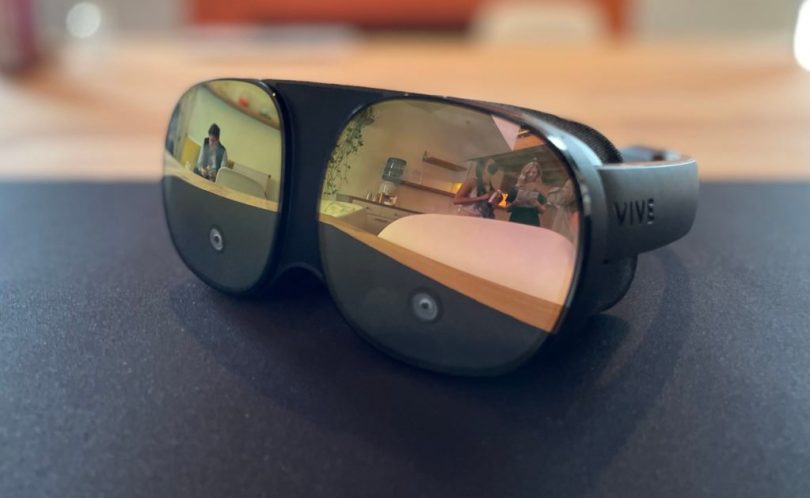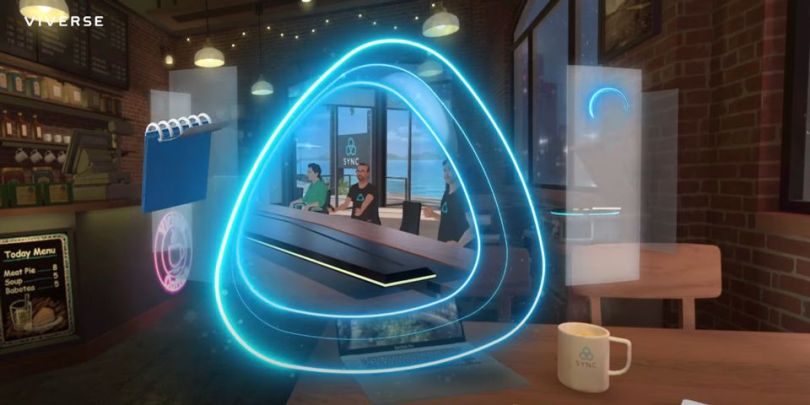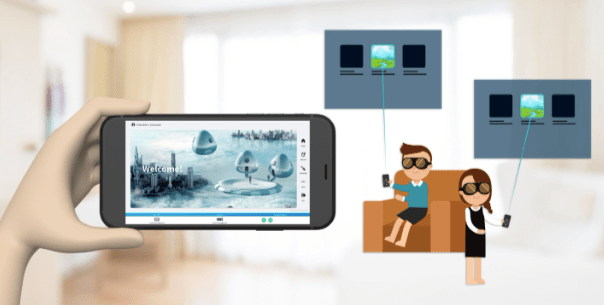Editorial: Should We Let Mark Zuckerberg Have The ‘Metaverse’?
Here’s how Meta distills the benefits of Mark Zuckerberg’s latest effort to shape modern life: “3D spaces in the metaverse will let you socialize, learn, collaborate and play in ways that go beyond what we can imagine.”We already have multiple VR headsets from different manufacturers for socializing, learning, collaborating, and playing in ways that are impossible to fully grasp until experienced. If VR headsets already do what Zuckerberg’s homepage at Meta describes, and Oculus was almost synonymous with much of this already, why would he abandon Oculus as a brand and move the goal posts out into the future? There’s a bigger role to play in shaping the future of human experience than just shipping better VR systems year after year, and Zuckerberg is taking that role as the head of Meta Platforms. There’s the worsening effects of climate change to contend with as well as the seemingly always-four-years-away dream









